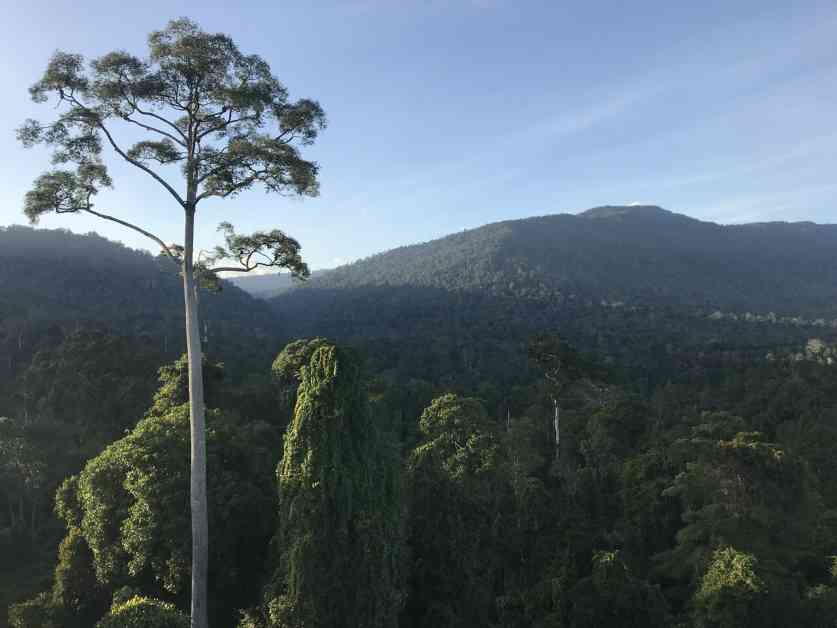A recent study conducted by the University of Leicester has found that tree stems in tropical forests that have been logged release carbon dioxide at a higher rate compared to unlogged forests. This is due to the fact that tree stems in logged forests have fewer surrounding trees to compete with, allowing them to grow faster and take up carbon dioxide at a quicker pace. However, this accelerated growth is also associated with a faster release of carbon dioxide.
The research, which was published in the journal New Phytologist, revealed that the increase in respiration from tree stems in logged forests is primarily attributed to growth and the production of new wood. In contrast, respiration in old-growth forests is predominantly used for tree maintenance to support the existing tree structure. As logged forests become more prevalent than old-growth forests in tropical regions, the study emphasizes the importance of conducting further research on logged landscapes, which are currently understudied.
Tropical forests play a crucial role in capturing carbon from the atmosphere, but they also release a significant amount of carbon through respiratory processes within the ecosystem. Previous studies have shown that logged forests are a net source of carbon, emitting more carbon dioxide than they absorb. Therefore, understanding the carbon fluxes in logged forests is essential for addressing climate change and land use change scenarios.
To investigate the carbon fluxes in forests, the researchers focused on measuring stem respiration in trees, as most of the forest’s biomass is stored in the woody trunk of trees. Data was collected from forests in Malaysian Borneo, a region with a history of logging and timber extraction. By analyzing the individual components of the forest carbon cycle, the researchers were able to gain insights into the patterns and drivers of carbon fluxes in different types of forests.
The study found that tree stems in logged plots exhibited higher carbon release levels per unit of stem surface area compared to old-growth plots. While logged plots had 37 grams of carbon released per meter squared of woody stem every month, old-growth plots only had 26 grams. However, when scaled across entire one-hectare plots, there was no significant difference between logged and old-growth forests.
Lead author Maria Mills explained that the differences in carbon emissions between logged and old-growth forests are attributed to the trees’ growth rates and functional traits. Trees in logged plots grow faster due to increased access to light, resulting in higher respiration levels. On the other hand, trees in old-growth forests prioritize maintenance over growth. The study highlights the importance of understanding the unique carbon dynamics in logged forests and the need for further research in these ecosystems.
In conclusion, the findings of this study shed light on the complex relationship between tree growth, carbon emissions, and forest ecosystems in logged tropical forests. By examining the carbon fluxes at the individual tree level, researchers can unravel the mechanisms driving carbon dynamics in different types of forests and their implications for climate change mitigation efforts. The study underscores the urgency of studying logged forests to better comprehend their ecological functioning and carbon fluxes in the face of environmental challenges.
